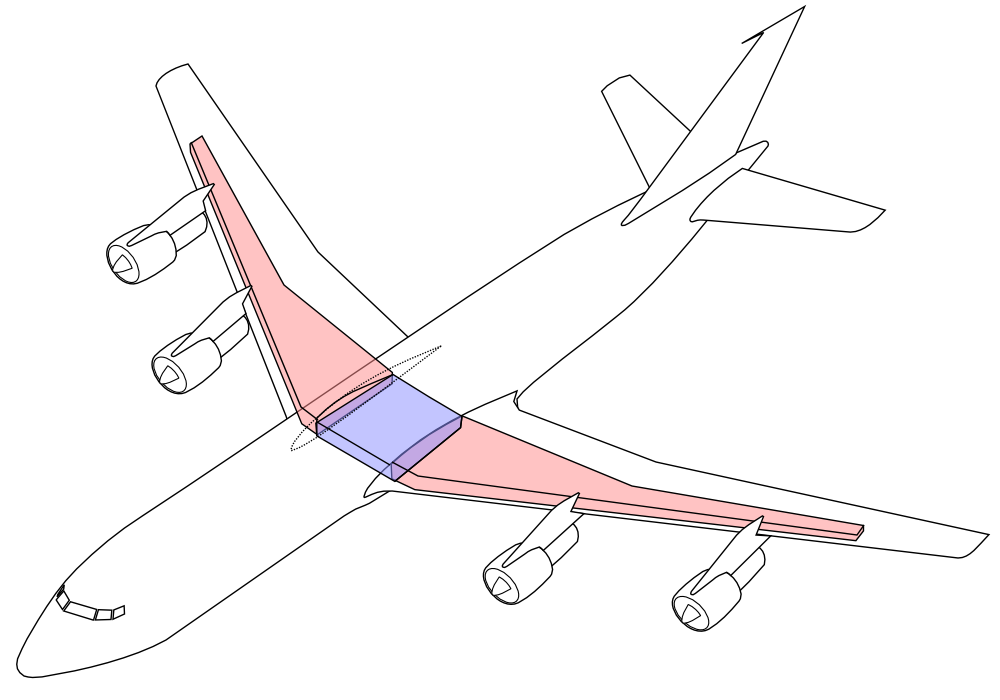When an aircraft needs to make an emergency landing, it needs to dump fuel urgently. What is this process, and what happens to the fuel? Let’s explore.

Which aircraft can dump fuel?
What you might find surprising is that not every aircraft can dump fuel. That is, there is no need for smaller planes like the Boeing 737 to be able to dump fuel when it can simply burn it off through a few orbits of the airport. If the plane needs to land urgently, then the fuel onboard won’t significantly hinder the landing operations.
Larger planes like the Boeing 747, on the other hand, have fuel jettison systems. If the aircraft tried to land without dumping the fuel first, it is considered an overweight landing attempt and could place immense stress on the airframe. It could also increase the risk of fire and fuel leaking onto the tarmac.
However, airframe manufacturers have built these aircraft with these conditions in mind, and thus, the plane typically has these overweight tolerances built-in.
What happens when an aircraft dumps fuel?
When an aircraft decides to dump fuel at altitude, the pilots flick a switch in the cockpit, and pumps push the fuel out of nozzles in the wings. The fuel disperses over a wide enough area that the particles evaporate into a fine mist. Essentially evaporating into a gaseous form and then fading into the background gases of the atmosphere.
However, if an aircraft is low enough, say after take off, and it disperses its fuel, it may stay in a liquid form until it hits the ground.




In this case, the aircraft will try to do it overland (not water) or away from populated areas, as it is the equivalent of dumping thousands of liters of petrol onto an urban area. The FAA mentions explicitly that any dumping can’t occur under 2,000 feet.
Worst-case scenario, the aircraft isn’t high enough and needs to jump over a populated area; the results are milder than you may expect.
When Delta dumped fuel on an elementary school
Back in January, a Delta 777 en route to Shanghai from Los Angeles suffered an emergency after take-off and had to shut down one of the engines. The plane then had to dump 15,000 gallons of fuel at the height of 2000 feet over a suburb of the coastal city. Unfortunately, it was over three schools, including one for small children.
You can see it very clearly in the below video:
The fuel dump affected over 50 people, who claimed to see the plane pass overhead and then noticed a powerful smell of fuel. It was only after this point that they noticed their eyes burning, skin itching, and some breathing problems—fortunately, no other significant injuries.
“The FAA is thoroughly investigating the circumstances behind this incident. There are special fuel-dumping procedures for aircraft operating into and out of any major US airport,” the agency said.
Since then, there have been two lawsuits launched, and the FAA is still conducting its investigation. Watch this space.
What do you think? Should aircraft dump their fuel? Let us know in the comments.



